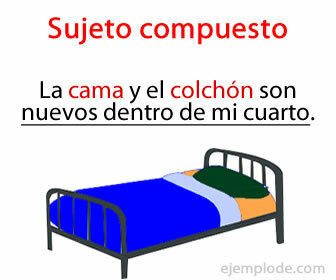Deductive Method Example
Logic / / July 04, 2021
Deduction method or Deductive method deduction is a part of the logic that comes to be used in the scientific method and that reaches a conclusion by means of premises (true or false) Axioms (evident premises) or inferences (evaluation mental).
A deduction can be drawn with premises that form a syllogism in which the major premise establishes the direct line, which through the minor premise reaches a conclusion.
Thus deduction comes directly according to the premises, so the deductive method is a series of processes or principles "logicalpremises”That lead us to a direct conclusion, either true or false.
Example of deductive method:
Deductive process:
A = Principles B = Deduction C = Consequence
Example 1.- True premises.
If the conclusion is made with premises that are true, logically a relative truth will conclude.
- Man is a human being.
- Juan is a man.
- Juan is a human being.
Example 2.- False premises.
If the conclusion comes with false premises, the conclusion will be false.
- Birds are vertebrates and they fly
- Pigs are vertebrates
- Pigs are vertebrates and they fly
Example 3.- False premise.
Noise:
If a tree falls in a town, it makes a noise when it falls, if the tree falls in an uninhabited place, nobody listen to the noise, therefore if it falls where there is no one, it does not make noise because there is no one I listened.

